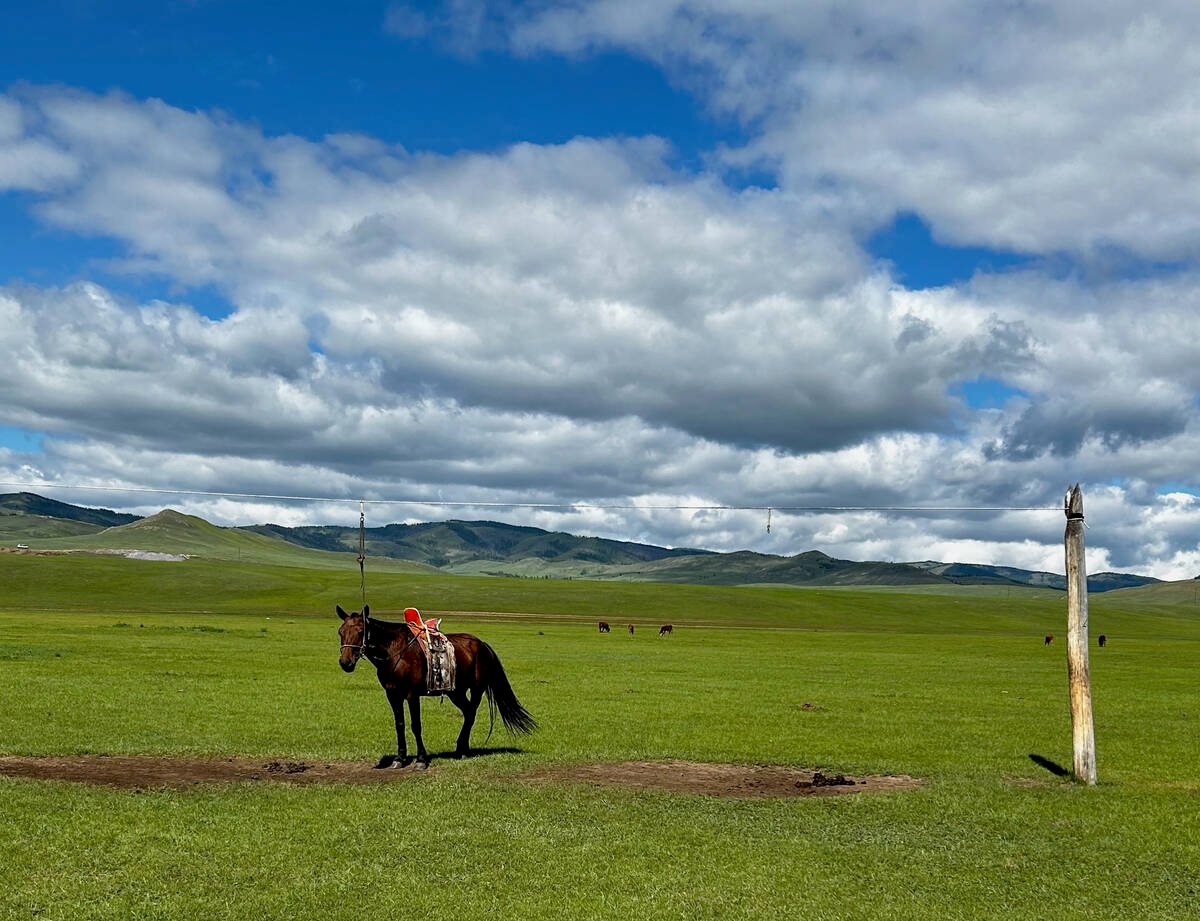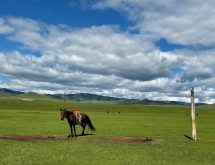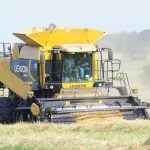Canada’s two largest grain companies could soon be competing to sign up members in each other’s back yards.
Under the new democratic structure adopted by Agricore Co-operative Ltd., 15 of the company’s 96 electoral districts are wholly or partly in Saskatchewan. That means as many as 15 of the company’s governing delegates could come from the wheat province.
And it may not be too long before Saskatchewan Wheat Pool follows suit by extending its own democratic structure into Alberta and Manitoba.
“It’s inevitable,” said Sask Pool vice-president Marvin Wiens. “I don’t think it’s whether we do it. I just think it’s how and when we do it.”
Read Also

University of Saskatchewan experts helping ‘herders’ in Mongolia
The Canadian government and the University of Saskatchewan are part of a $10 million project trying to help Mongolian farmers modernize their practices.
Gord Smillie, chair of the committee of delegates that came up with Agricore’s new electoral structure, said making provision for Saskatchewan farmers to be involved in the company was a priority during deliberations of the last five months.
He said the company expects to have thousands of members in the province when delegate elections get under way this summer.
“We’re looking at an initial start-up of about 6,000 or 7,000 members in Saskatchewan, just with the recent agro facility purchases and the new grain builds coming on stream,” he said in an interview from his farm at Bassano, Alta.
Agricore operates three farm supply dealerships in Saskatchewan, is building two high-throughput elevators and is a partner in two farmer-owned terminals.
To apply to be a member of Agricore, a farmer must do $1,500 worth of grain or farm supply business in any one of the previous three years.
The new democratic structure approved by delegates attending Agricore’s recent spring meeting in Calgary will see four electoral districts located completely in Saskatchewan. Another 11 districts extend into the province from Alberta and Manitoba, providing a total of 15 districts that could elect delegates from Saskatchewan.
Smillie said the rules allow the districts to be re-aligned to ensure that new members have the same representation in the company as those who were members of the two provincial pools that merged to form Agricore.
“We wanted to devise something that would be flexible enough to accommodate the changes that we see coming down the road in the next year or two.”
Under the new system, each of the 96 directors will represent about 500 of Agricore’s roughly 48,000 active members (the co-op’s total membership list is about 80,000.)
Wiens said Sask Pool will likely move more slowly than Agricore in extending its democratic structure across provincial boundaries.
“I don’t think you’ll see it happen overnight. I think will be based more on as the membership grows,” he said, adding the pool already has some members in Alberta and Manitoba.
Wiens said that while Agricore seems to be setting up its democratic structure before it has the membership base to support it, Sask Pool will take the opposite tack, putting the structure in place as the membership demands it.
Agricore will have 12 directors under its new structure, each representing a region consisting of eight districts and eight delegates. The company plans to send out delegate nomination forms to its 80,000 members in May.














